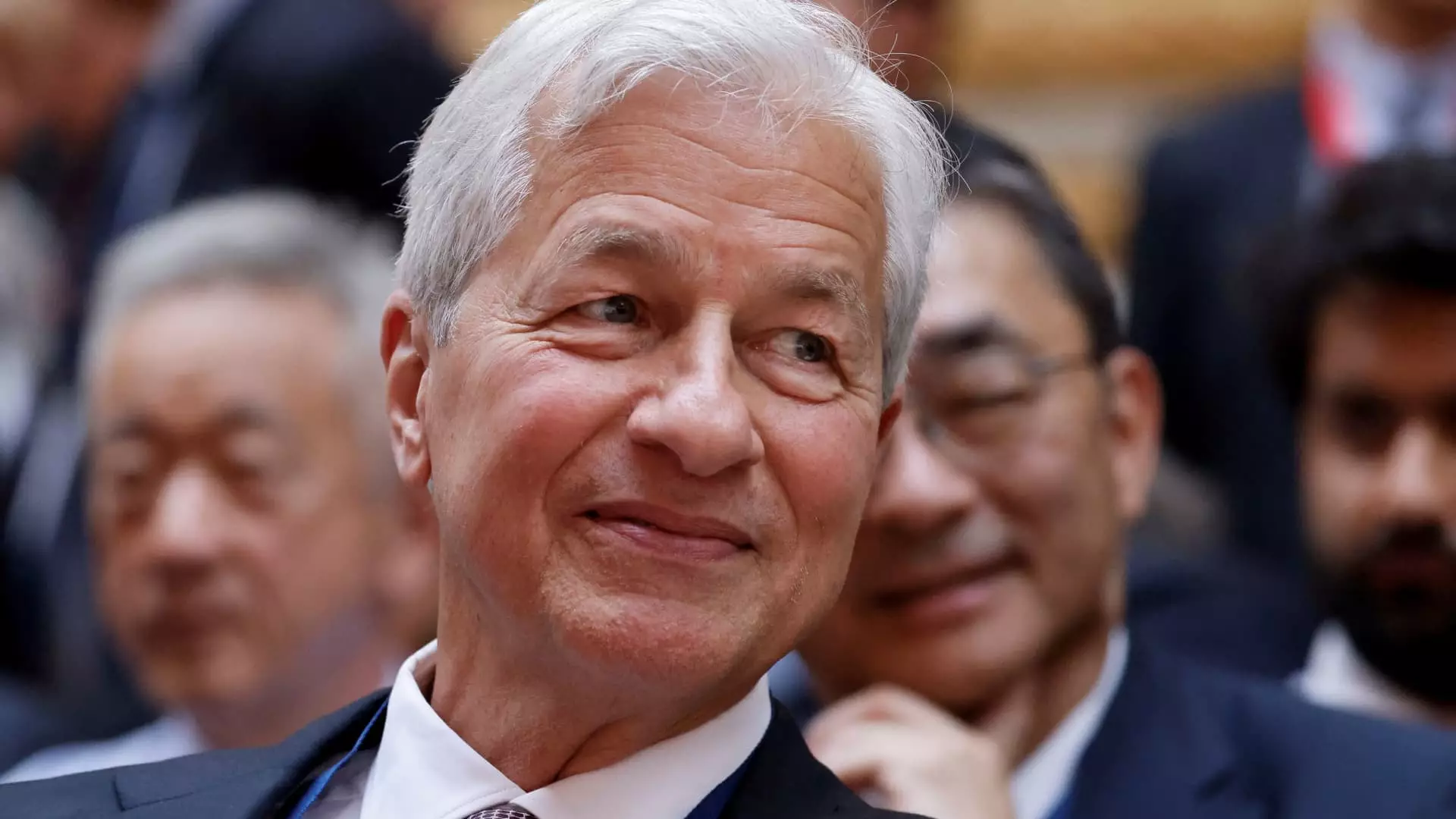In a landscape dominated by financial uncertainty, JPMorgan Chase has found itself grappling with a unique predicament: an overflowing treasure trove of excess capital amounting to an estimated $35 billion. As the bank posted record profits and revenues, this “high-class problem,” as termed by CFO Jeremy Barnum, ignites intense discussions around the best approach to manage this surplus effectively. Defined as funds that far exceed regulatory requirements, this excess capital raises pivotal questions about the bank’s future investment strategy and returns to shareholders.
With a chorus of investors and analysts clamoring for clarity on how JPMorgan plans to utilize its vast reserves, the bank is under pressure to articulate a strategy that satisfies stakeholders while safeguarding its long-term interests. Barnum sought to address these concerns during a recent analyst call, emphasizing the need to prevent further accumulation of excess cash. He stated, “We would like to not have the excess grow from here.” His words underscored a commitment to returning more cash to shareholders through increased share buybacks, provided that suitable opportunities for reinvestment do not materialize soon.
However, it isn’t just a straightforward path to buybacks; the bank must navigate the delicate balance between capital returns and maintaining economic prudence. CEO Jamie Dimon previously voiced his reservations about bulk stock purchases when the company’s shares were trading near a 52-week high. He noted that purchasing shares at excessive valuations constituted a “mistake,” revealing a cautious approach to financial strategies amid fluctuating market valuations. This perspective reflects a deep-rooted understanding of the financial sector’s complexities, where timing and valuation play critical roles in determining the effectiveness of share repurchases.
As JPMorgan explores methods to deploy its capital, the broader economic environment looms large over decision-making processes. Despite previous warnings from Dimon and other executives about potential recessionary pressures, these economic fears have yet to materialize. For JPMorgan, this unpredictability necessitates the creation of contingency plans adaptable to varied potential market scenarios. Barnum illustrated this duality of risk and opportunity, acknowledging, “There was a ‘tension’ between the risks in the economy and high asset prices.” This sentiment embodies the precarious balancing act that financial institutions like JPMorgan must perform as they try to navigate economic headwinds and capitalize on favorable market conditions.
Given the possibility of an economic downturn, analysts like Charles Peabody note that such a scenario could also present a golden opportunity for JPMorgan to capitalize on its excess cash by increasing lending activities. During hard times, when competitors may struggle, well-capitalized institutions typically gain market share. This potential for growth in a recessionary environment may position JPMorgan favorably within the sector. Peabody succinctly stated, “The best time to take market share is coming out of a recession because your competitors are somewhat impaired.”
JPMorgan Chase is at a critical juncture as it contemplates the future of its substantial excess capital. The balance between shareholder returns and prudent management of potential economic volatility will shape the bank’s strategies going forward. As market dynamics continue to shift, the bank’s leadership remains vigilant, attempting to find equilibrium in an ever-evolving financial landscape. Engaging in disciplined capital management while remaining poised to seize potential growth opportunities underscores the inherent complexities faced by one of the largest financial institutions in the world. Ultimately, it is a story not just of numbers but strategic foresight and tactical planning that will define JPMorgan Chase’s resilience in a turbulent economic climate.

